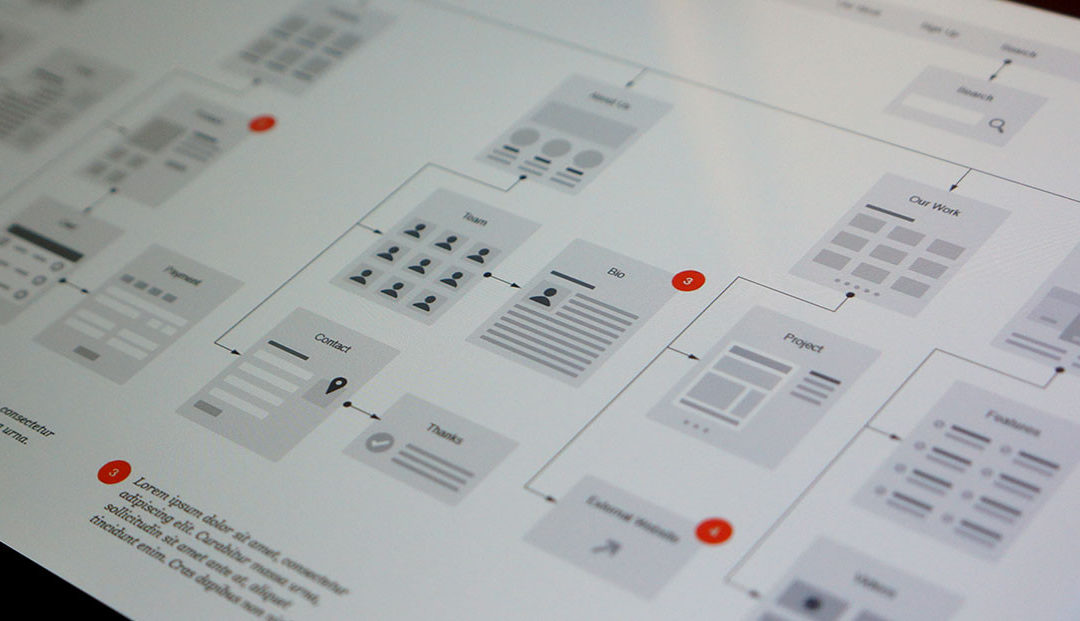
Have you ever experienced an app that force closes now and then? Or have you surfed around an app that takes a lot of time to load? If you have ever experienced either of the two, you will agree with us that it is a very frustrating experience. We bet you probably had to delete the app afterward. However, the truth is that these issues do not necessarily mean that the app is useless. Rather the fault is from the UI/ UX design. So what do these terms mean?
In simple terms, UX stands for the User experience. It describes a user’s feeling while interfacing with a mobile app. A typical UX design consists of wireframes, mockups and layout prototypes. On the other hand, UI refers to the User Interface. This determines how usable an app is. An app with a poor UI is usually characterized by slow load times, hard-to-read copy, complex navigation and confusing architecture. So, why are they both important to your business?
The importance of mobile apps to the growth of your business cannot be underestimated. Having an up-and-running app can be the sole determinant factor that would stand your products out from your competitors. However, to achieve this, you need to integrate an effective UX and UI design into your app development. An effective UI/UX design has the capability to drive engagement, and also increase your revenue generation. Also, a perfect blend of UI and UX will help users of your app to feel comfortable when interacting with your mobile app. Thus, enhancing your chance of acquiring and retaining more users of your mobile app. There is nothing compared to an app that makes the users feel elated about using it.
I use Adobe XD to do all of our design work. XD gives us the power, flexibility and speed in an easy-to-use package. It allows us to focus on what we do best: Design. XD transforms our designs into clickable and interactive prototypes that allows us to measure the usability of your prototypes, mockups, wireframes and designs before we go live.

Recent Comments